The “Most Unusual” Pets
In a world where dogs and cats are the reigning champions of the pet kingdom, there exists a realm of creatures that defy convention and captivate the imagination. These are the unconventional, the eccentric, and the downright bizarre pets that have found their way into the hearts and homes of intrepid enthusiasts. From scaly companions that slither in glass terrariums to feathery friends that mimic human speech, the world of unusual pets is a testament to the boundless diversity of life on Earth. In this exploration, we delve into the fascinating universe of the most unusual pets, where the ordinary gives way to the extraordinary, and where the line between the wild and the domestic blurs in the most unexpected ways. So, prepare to embark on a journey into a world where the concept of a pet takes on a whole new meaning, and where the term “man’s best friend” finds new and surprising interpretations.
Exotic Reptiles
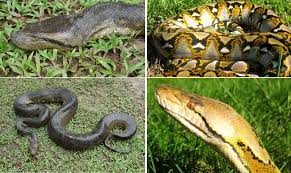
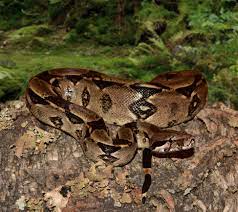
Large Snakes: Some reptile enthusiasts keep pythons and boas as pets. These snakes require spacious enclosures, specialized heating, and a strict feeding schedule.
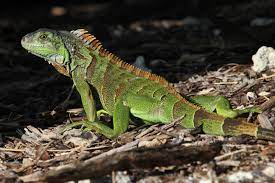
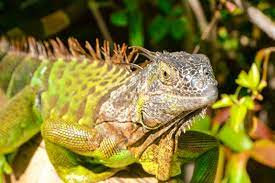
Iguanas: Iguanas are fascinating reptiles that have gained popularity as exotic pets. Here is a closer look at their care requirements. Iguanas require a spacious and appropriately designed enclosure. For young iguanas, a 20-gallon tank can suffice, but as they grow, they will need a much larger habitat, ideally an outdoor enclosure if climate permits. Iguanas are cold-blooded, so they rely on external heat sources to regulate their body temperature. A basking spot with a heat lamp should be provided, along with a UVB light source to help them metabolize calcium and maintain healthy bones. Iguanas are herbivores, primarily eating leafy greens, vegetables, and fruits. However, their dietary needs change as they age, with more emphasis on greens and less on fruits as they mature. A varied and balanced diet is essential for their health. While some iguanas can become relatively tame with proper socialization, they are often skittish and may not enjoy handling. It is important to respect their boundaries and handle them gently to avoid stress.
Venomous Snakes: Keeping venomous snakes as pets is a practice that should only be undertaken by individuals with extensive experience and a deep understanding of reptile husbandry and safety. Here are some key points. Ownership of venomous snakes is heavily regulated and often requires special permits. Regulations vary significantly by location, and in some areas, it may be illegal to keep them as pets.
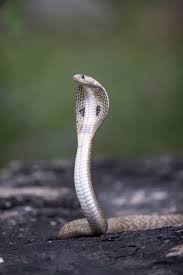
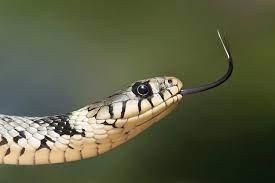
Venomous snake keepers should have years of experience working with non-venomous snakes before considering venomous species. They must understand the handling techniques, safe housing, and emergency protocols for venomous bites. Keeping venomous snakes demands strict safety measures. Snake rooms or enclosures should be escape-proof, and handling should always be done with proper tools like snake hooks and tongs. Emergency medical supplies, including antivenom, should be on hand. Not all venomous snakes are suitable for captivity, and some have more potent venom than others. Common choices include rattlesnakes, cobras, and vipers. Owners must know the specific needs of their chosen species and be prepared to provide them. Education is crucial for anyone keeping venomous snakes. Courses, mentorship from experienced keepers, and regular updates on best practices are essential to maintaining safety and the well-being of the snakes. Insects and Arachnids:
Tarantulas: These large, hairy spiders are popular in the exotic pet trade. They are relatively low-maintenance, but handling should be avoided due to their venomous bites. Tarantulas require an appropriately sized enclosure. The size varies depending on the species; some are small, while others can be quite large. A well-ventilated glass or plastic terrarium is typically used. They need a substrate (bedding) in their enclosure, often consisting of a mix of peat moss, coconut coir, or vermiculite, to maintain proper humidity and provide a suitable digging medium. Tarantulas appreciate hiding spots such as cork bark or flower pots. Adding some decor, like fake plants or wood, can create a more naturalistic environment. Tarantulas are sensitive to temperature and humidity. The specific requirements vary by species, so it’s crucial to research the needs of your tarantula.
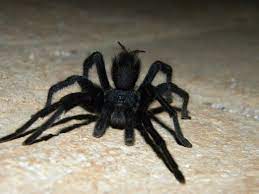

Most species do well at room temperature, but some tropical species may require additional heating or misting to maintain appropriate humidity levels. Tarantulas are carnivorous and primarily eat insects. Common prey items include crickets, roaches, and mealworms. The frequency of feeding depends on the age and species of the tarantula. Young tarantulas usually require more frequent meals than adults. Handling tarantulas is generally discouraged. While most tarantula species are not highly venomous to humans, their bites can be painful and cause reactions in some individuals. Some tarantulas have urticating hairs on their abdomens, which they can flick as a defense mechanism. These hairs can be irritating to the skin, eyes, and respiratory system, so handling should be done with caution, if at all. There are numerous tarantula species available in the pet trade, each with its own unique characteristics, colors, and care requirements. Some popular species for beginners include the Chilean Rose Hair (Grammostola rosea) and the Mexican Red Knee (Brachypelma smithi). Tarantulas are known for their longevity. Depending on the species, they can live anywhere from 5 to 30 years or more in captivity.
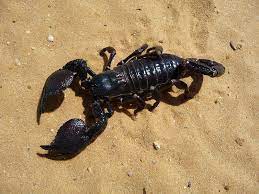
Scorpions: Some people keep scorpions as pets, and while their venom is typically not lethal to humans, they should still be handled with caution. Scorpions, with their menacing appearance and unique predatory behavior, have found a niche in the exotic pet trade. While not as common as some other exotic pets, they are fascinating creatures to observe and care for. Here’s what you need to know if you’re considering scorpions as pets. There are thousands of scorpion species worldwide, but only a few are commonly kept as pets. Popular choices include Emperor Scorpions (Pandinus imperator), Asian Forest Scorpions (Heterometrus spp.), and Desert Hairy Scorpions (Hadrurus spp.). The choice of species should be influenced by factors like size, temperament, and ease of care. Some species are more aggressive than others and may not be suitable for beginners. Scorpions require a well-designed terrarium or enclosure with proper ventilation. The size of the enclosure depends on the species; larger species need more space. A substrate like coconut coir, sand, or a mix of both provides a suitable environment for burrowing and humidity control. Scorpions are nocturnal and need hiding places like cork bark, rocks, or small caves to feel secure during the day.

Scorpions are ectothermic, meaning they rely on external heat sources to regulate their body temperature. A heat source like an under-tank heater or heat lamp should be provided. Humidity requirements vary by species, so research your scorpion’s specific needs. A shallow water dish can help maintain appropriate humidity levels. Scorpions are carnivorous and primarily feed on insects like crickets, roaches, and mealworms. The size of the prey should match the size of the scorpion. Feeding frequency depends on the species and its age. Young scorpions typically eat more frequently than adults. Handling scorpions should be done with caution. While their venom is usually not lethal to humans, their stings can be painful and cause localized swelling and discomfort. The vast majority of pet scorpions are relatively docile and rarely sting when left undisturbed. However, it’s best to avoid handling them unless necessary for maintenance tasks like cleaning the enclosure. Breeding scorpions can be a complex and specialized endeavor. If you plan to breed them, extensive research and careful preparation are essential. Scorpions have varying lifespans depending on the species, but many can live for several years in captivity.
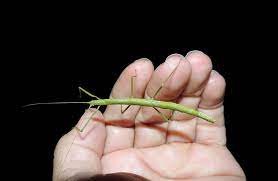
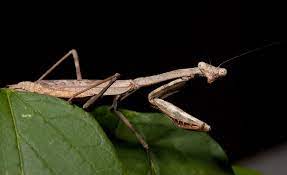
Stick Insects: Stick insects, also known as phasmids, are captivating creatures that have garnered attention in the world of exotic pets. What sets them apart is their remarkable camouflage abilities, which allow them to resemble twigs or branches, making them almost invisible in their natural habitat. As pets, they are a delight to observe, as their movements mimic those of the plants they imitate, making them seem like living pieces of vegetation. Their low-maintenance nature is another appealing aspect; they require minimal care in terms of habitat and feeding. A simple enclosure with some foliage to mimic their natural habitat is usually sufficient. Their diet primarily consists of leaves, and they often thrive on common plants found in gardens or available at pet stores. For those who appreciate the beauty of nature’s mimicry, stick insects offer an intriguing and hassle-free window into the world of insects.
Exotic Birds
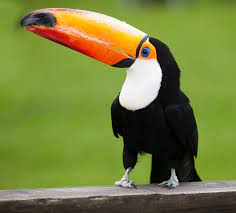
Toucans are renowned for their striking and vibrant beaks, which make them instantly recognizable and sought-after in the world of exotic birds. These social avian creatures require specialized care to thrive as pets. Toucans need large enclosures that mimic their natural tropical habitat, complete with branches and perches for climbing and exercise. Due to their active and curious nature, they appreciate plenty of room to explore. A varied diet is essential for their well-being; in the wild, they primarily consume fruits, but they also supplement their diet with insects and small prey. To mimic this in captivity, toucans require a diverse menu consisting of fresh fruits, vegetables, and a source of protein, such as mealworms or crickets. While their beaks are iconic, they are relatively delicate, and potential owners must be cautious to avoid any accidents or injuries. For those willing to provide the necessary care and attention, toucans can be delightful and charismatic companions.
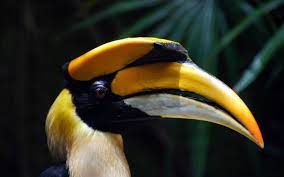
Hornbills, characterized by their distinctive casques on their bills, are another captivating addition to the world of avian pets. These birds, which hail from Africa, Asia, and the Pacific Islands, require spacious aviaries to accommodate their sizable wingspan and active flying habits. Hornbills thrive when they have room to move and explore. Like toucans, their diet primarily consists of fruits, but they also consume insects, small animals, and even the occasional reptile in the wild. To replicate their natural diet, a diverse selection of fresh fruits and vegetables should be provided, along with insects and other sources of protein. The casque on their bills is unique to each species and plays a role in their vocalizations and displays during courtship. Hornbills are known for their striking appearance and are often admired for their vibrant plumage and charismatic behaviors. However, their specialized care requirements, particularly the need for spacious enclosures and a balanced diet, should be carefully considered by potential owners
Sugar Gliders
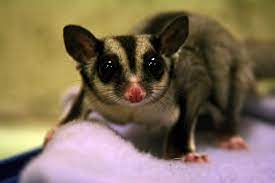
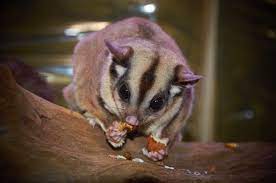

Sugar gliders, native to Australia and New Guinea, are diminutive marsupials that have captured the hearts of many as exotic pets. What sets them apart is their remarkable gliding ability, which allows them to gracefully navigate between trees in search of food and shelter. These social creatures are often kept in pairs or small groups to meet their need for companionship and social interaction. To ensure their well-being in captivity, specialized care is essential. Sugar gliders have specific dietary requirements, primarily consisting of fruits, vegetables, and a source of protein such as insects or mealworms. A well-balanced diet is crucial to their health and longevity. Beyond their dietary needs, they thrive on social interaction with their owners, often forming strong bonds. Time spent playing, cuddling, and providing mental stimulation through toys and activities is vital for their happiness. For those prepared to meet their unique needs, sugar gliders can make endearing and engaging pets, rewarding their owners with their charming antics and playful personalities.
Hedgehogs
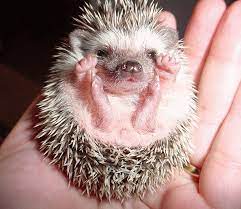
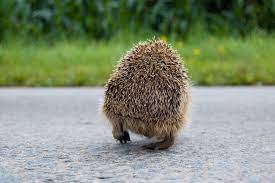
Hedgehogs, those small, nocturnal mammals adorned with prickly spines, are favored as exotic pets by many. Their distinctive appearance and independent nature make them intriguing companions. Hedgehogs don’t demand much in terms of space, making them suitable for small living areas. However, they have specific dietary needs that must be met for their well-being. A diet primarily composed of high-quality hedgehog food, supplemented with occasional treats like insects or fruits, is essential. Moreover, regular handling is crucial for hedgehogs to remain social and comfortable with human interaction. They may initially curl into a defensive ball when touched, but with patience and gentle handling, they can become affectionate pets. Owners should also provide safe and engaging toys and opportunities for exercise to ensure the mental and physical stimulation hedgehogs require. In the right environment and with proper care, hedgehogs can be charming and low-maintenance additions to a household.
Skunks
Domesticated skunks, often referred to as “pet skunks,” have gained popularity as unique and unconventional pets. One of their most distinctive features is their ability to be descented, eliminating their natural odor, which can be a deterrent for many potential owners. These inquisitive animals are known for their playful and curious nature. However, it’s essential to understand that they require an environment that offers mental and physical stimulation. Providing them with toys, puzzles, and opportunities for exploration is crucial to keep them engaged and happy.

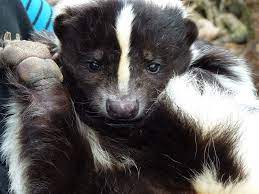
A controlled and secure environment is paramount for pet skunks due to their inquisitiveness and agility. They’re skilled at finding ways to escape, so their living space should be escape-proof and enriched with activities. Skunks are omnivorous and need a balanced diet that includes high-quality commercial skunk food, supplemented with fresh fruits, vegetables, and protein sources like insects or lean meats. While they can form strong bonds with their human caregivers, they also require socialization with other skunks or animals to thrive. For individuals ready to commit to their unique needs, domesticated skunks can make affectionate and entertaining companions, adding a touch of eccentricity to the world of pet ownership.
Primates
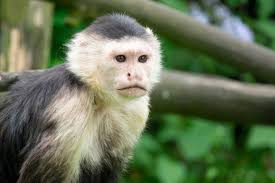
Capuchin Monkeys have garnered attention as pets due to their remarkable intelligence and dexterity. However, potential owners must be aware of the complexities involved in their care. These small monkeys have intricate social needs and thrive when they are part of a family group. As such, they may not do well in solitary living conditions. Capuchin monkeys can be inquisitive and playful but can also exhibit destructive behaviors when bored or under-stimulated. Providing them with mental and physical challenges, such as puzzle toys and opportunities for exploration, is essential. Their diet must be carefully tailored to include a variety of fruits, vegetables, nuts, and protein sources to ensure their health. Capuchin monkeys can form strong bonds with their human caregivers, but their needs are demanding, making them more suitable for experienced owners willing to provide specialized care.
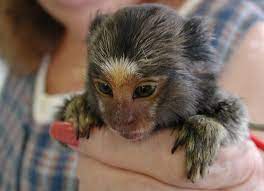
Marmosets, tiny monkeys often kept as pets, are beloved for their social and engaging personalities. These creatures thrive in the company of their own kind and require proper socialization to remain happy and mentally stimulated. Owners should consider providing them with the companionship of other marmosets whenever possible. Nutrition plays a critical role in their well-being, with a diet comprising fresh fruits, vegetables, insects, and a variety of protein sources to maintain their health. While they are small in size, they have significant care requirements that should not be underestimated. Marmosets can be delightful and charming companions for those ready to invest the time and effort needed to meet their specific dietary and social needs.
Big Cats
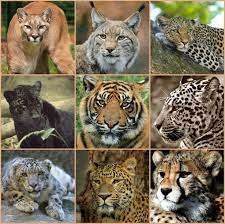
Lions and Tigers: Keeping big cats like lions and tigers is a controversial practice and is often illegal without special permits. It is also extremely expensive, as these animals require vast enclosures, specialized diets, and expert care. Moreover, it poses significant safety risks.
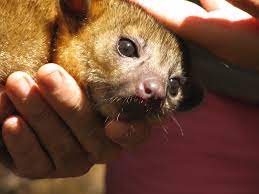
It is important to note that the suitability of these unusual pets varies widely, and in many cases, their care can be challenging and require specialized knowledge. Additionally, local laws and regulations may prohibit the ownership of certain exotic animals as pets. Before considering an unusual pet, it is crucial to research thoroughly, ensure that you can provide appropriate care, and comply with all relevant laws and regulations.






